Migrating Legacy Applications to the .NET Framework: Best Practices and Challenges
[featured_image]
The Challenge of Legacy Applications
In today’s fast-paced technological environment, businesses are constantly facing the challenge of migrating their legacy applications to more modern and efficient platforms. This is especially true for organizations using outdated technology that is no longer supported, or that lacks the functionality and scalability necessary to keep up with current demands.
Benefits of Migrating to the .NET Framework
The .NET Framework offers a wide range of benefits for businesses looking to modernize their legacy applications. From improved performance and security to better integration with other Microsoft technologies, migrating to .NET can significantly enhance the capabilities of your applications and streamline your business processes.
Best Practices for Migration
When it comes to migrating legacy applications to the .NET Framework, there are several best practices that businesses should keep in mind. This includes conducting a thorough assessment of the existing application, identifying key functionalities and dependencies, and developing a clear migration strategy that aligns with your business goals.
Challenges to Overcome
While there are many benefits to migrating to the .NET Framework, there are also several challenges that businesses may encounter along the way. This includes potential compatibility issues with existing libraries and third-party components, as well as the need to retrain staff and refactor code to align with the new platform.
Conclusion
In conclusion, migrating legacy applications to the .NET Framework can be a complex and challenging process. However, with the right strategies and best practices in place, businesses can unlock the full potential of their applications and gain a competitive edge in today’s digital landscape. 🚀
